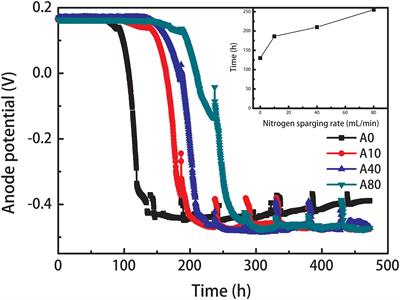ORIGINAL RESEARCH
Published on 14 May 2019
Marine Sediment Mixed With Activated Carbon Allows Electricity Production and Storage From Internal and External Energy Sources: A New Rechargeable Bio-Battery With Bi-Directional Electron Transfer Properties

doi 10.3389/fmicb.2019.00934
- 4,156 views
- 8 citations











